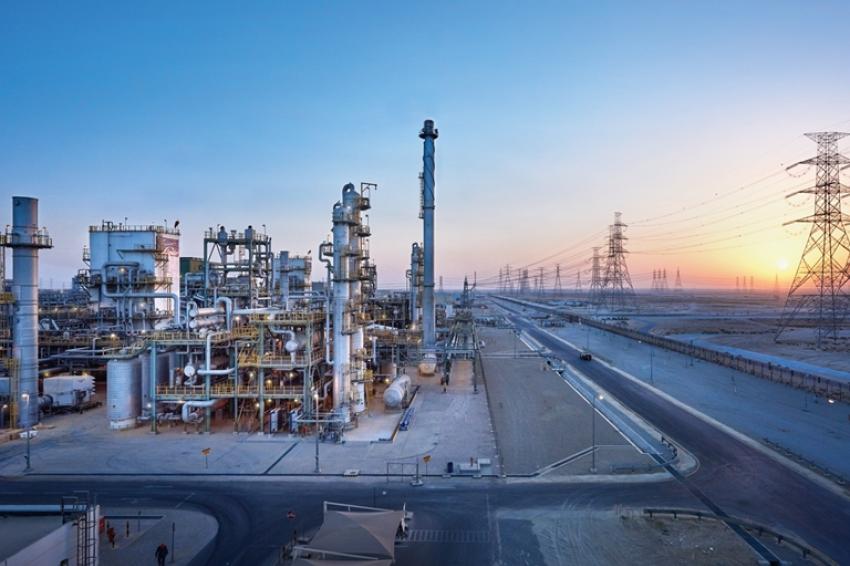EU Launches In-depth Probe Into Linde-Praxair
19.02.2018 -
The European Commission has opened an in-depth investigation (Phase II) into the multi-billion merger being pursued by industrial gases giants Linde of Germany and Praxair of the US.
In a statement, the Commission said it was concerned in particular about the merger’s impact on the markets for oxygen and helium. “Gases – like oxygen and helium – are crucial inputs for a large variety of products we use every day,” Competition Commissioner Margrethe Vestager remarked.
Praxair and Linde are two of the four largest companies active across the worldwide supply chains for industrial, medical and specialty gases, the Commission pointed out. The merger, it added, would reduce the number of global players to only three, as the smaller players lack the technical and financial capabilities to compete on an equal footing.
In addition, the Commission said, “there is no indication that competition could be fostered by new entrants, due to the very high investment necessary to establish a meaningful position in the market.
“We will carefully assess whether the proposed merger between Praxair and Linde would lead to higher prices or less choice for European consumers and businesses,” Vestager said.
The Commission has set a preliminary deadline of July 4 for its decision, which will be taken after the two players agree to remedies such as asset sales. In its statement, the EU regulatory body noted that the companies have declined to propose remedies themselves.
According to reports, a number of companies can be expected to bid for assets the Commission mandates the merger partners must divest, which some sources suggested could be worth around €2.7 billion €3.3 billion) in annual sales. If regulators demand the disposal of businesses with more than $3.7 billion in sales or $1.1 billion in earnings before EBITDA, either party can withdraw without penalty.
The transaction initially proposed in August 2016 was finally notified to the Commission on Jan. 12, 2018. From the outset, the fusion plans have faced a rocky path. After the initial negotiation rounds collapsed in November 2016, Linde lost both its CEO and CFO.
According to reports, internal disagreements between the partners about competencies and locations were behind the initial breakdown. Among other considerations, the concerns of labor members of Linde’s supervisory board over job safety threatened to derail the process, and a shareholder’s organization later expressed dissatisfaction with the tender price.
In October 2017, Linde had to lower the acceptance threshold to 60% from 75% to keep the plans from stalling, but by the end of November, more than 90% of its shareholders had tendered.
Finally, an indiscreet remarks by a Praxair executive about a possible divestment of Linde assets threatened to throw the plans off course again, but the affair appears to have been defused internally.
Following completion of the merger, the new number one global gases player – replacing France’s Air Liquide – will trade as Linde and will be headquartered in Ireland with a tax domicile in the UK. The company will be managed from Praxair’s US base in Danbury, Connecticut, and headed by the US player’s CEO, Steven Angel.
In addition to Linde-Praxair, the EU is currently conducting four other Phase II merger investigations, three of them chemicals-related. These include the proposed acquisition of Saudi Arabian TiO2 producer Cristal by US giant Tronox, the proposed acquisition of Monsanto by Bayer and the proposed creation of an acetate tow joint venture by US chemical producer Celanese with private equity investor Blackstone.





